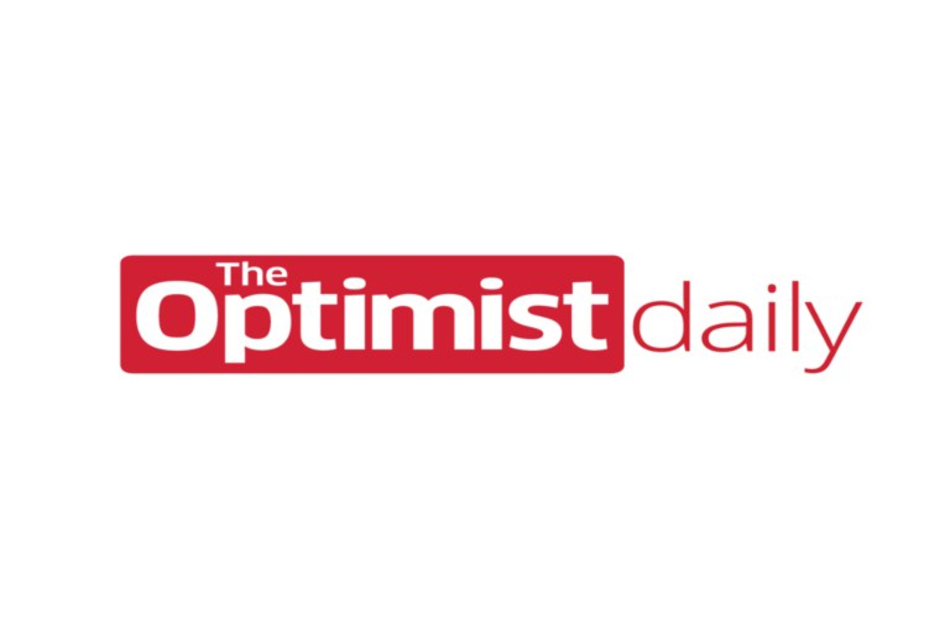Concrete is responsible for around nine percent of global CO2 emissions — that’s three times more than the airline industry. Those emissions come from the material’s production and transportation, as well as repairs associated with its degradation. Though some innovators are working on finding more sustainable techniques for producing concrete, a new technology aims to shrink overall demand by enabling the material to heal itself.
Developed by engineers at Worcester Polytechnic Institute, the invention uses an enzyme found in red blood cells to make this concrete more durable, thus helping slash the industry’s huge carbon footprint.
Scientists have previously used bacteria to create experimental self-healing concrete, but the process proved too slow. “It’s not really pragmatic to fix this stuff in a reasonable timeframe,” says Nima Rahbar, the researcher behind the new technology. In a bid to find an alternative to bacteria, which are also expensive and pose safety issues, Rahbar decided to take inspiration from how the human body processes CO2.
A biochemist collaborator eventually suggested Rahbar use carbonic anhydrase, the enzyme responsible for transferring CO2 from cells into the bloodstream. By adding the enzyme to concrete powder, Rahbar observed that it enabled the material to turn CO2 in the atmosphere into calcium carbonate crystals.
As such, whenever a tiny crack forms, the calcium carbonate fills it in. A millimeter-scale crack, for example, can be filled within a day, preventing larger cracks from forming. According to Rahbar, the process also works on cracks in conventional concrete: “We spray a solution that is composed of enzyme, water, and calcium. We then can blow CO2 and fill the cracks in minutes, or use ambient CO2 that will take longer to heal the cracks.”
A recent study on the technology showed that the process works in cement, the main ingredient in concrete. Now, the hope is that someone will license the technology and bring it to the market for use in roads, sidewalks, buildings, and other structures. Eventually, the invention could make concrete last four times longer than usual.











